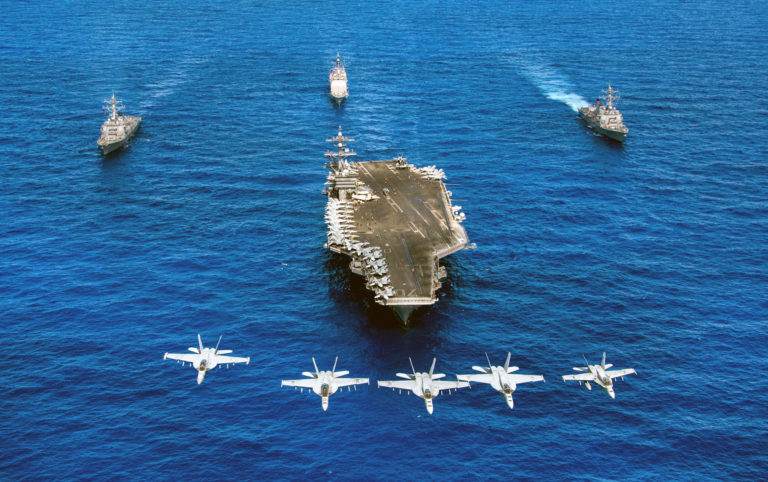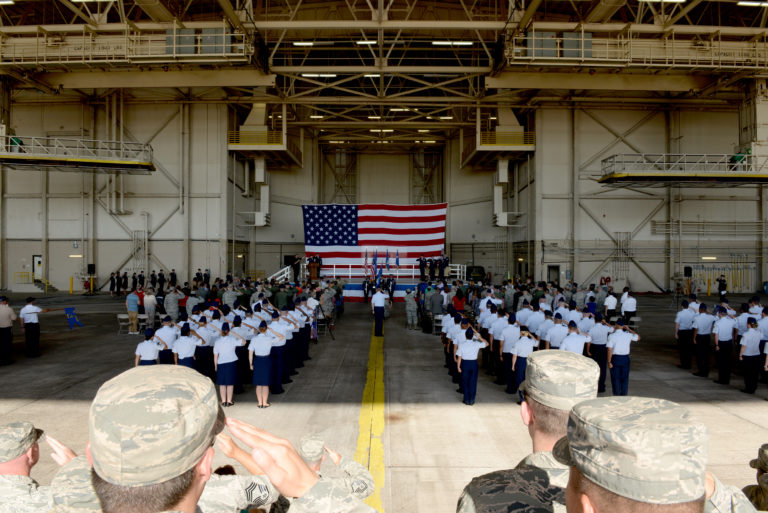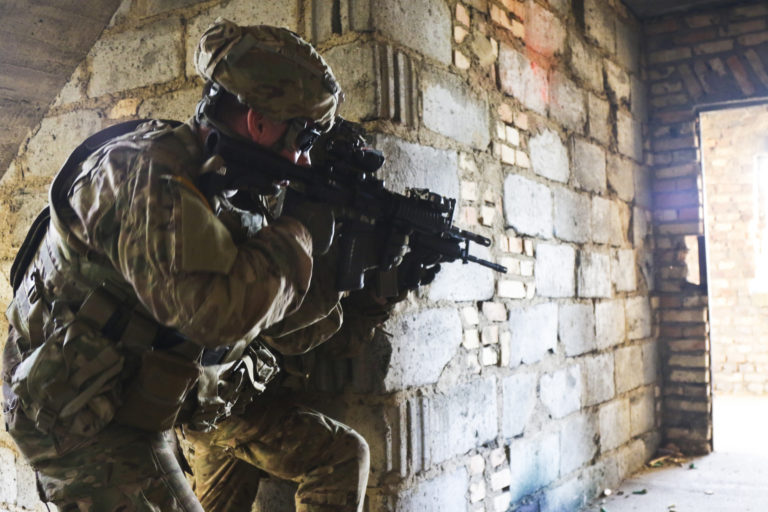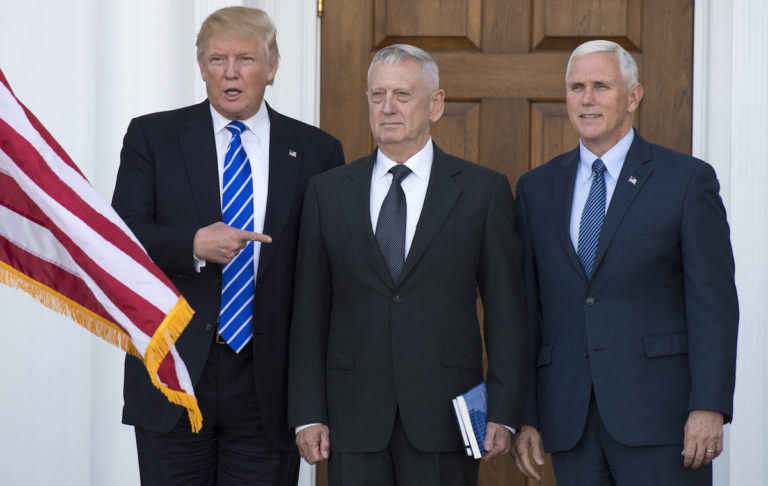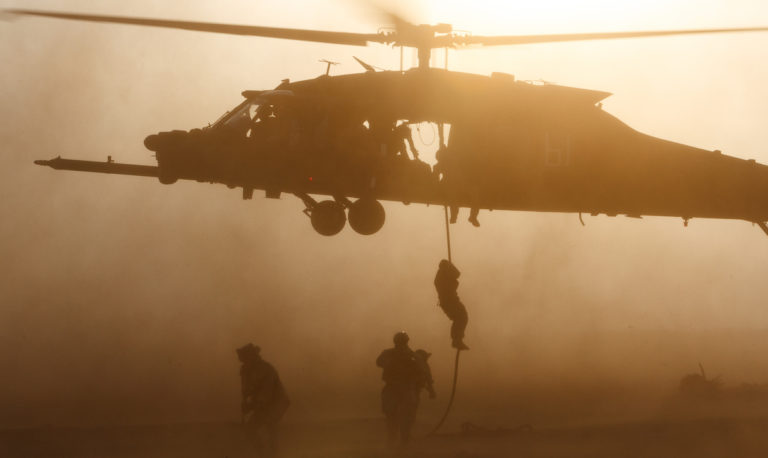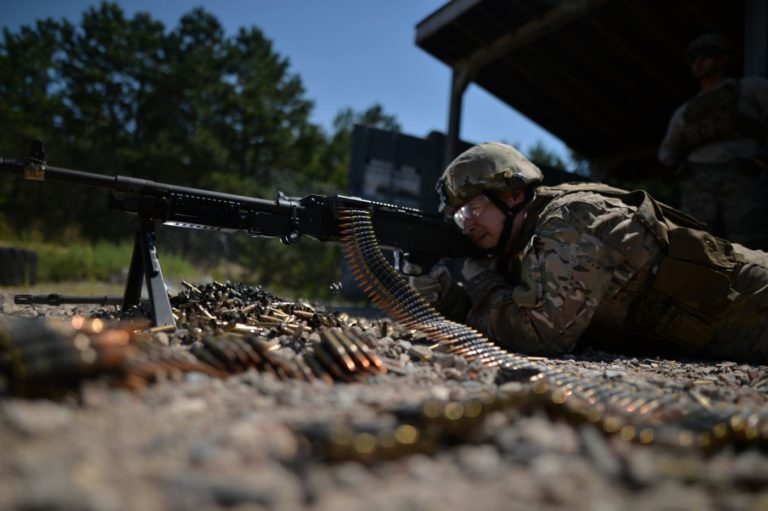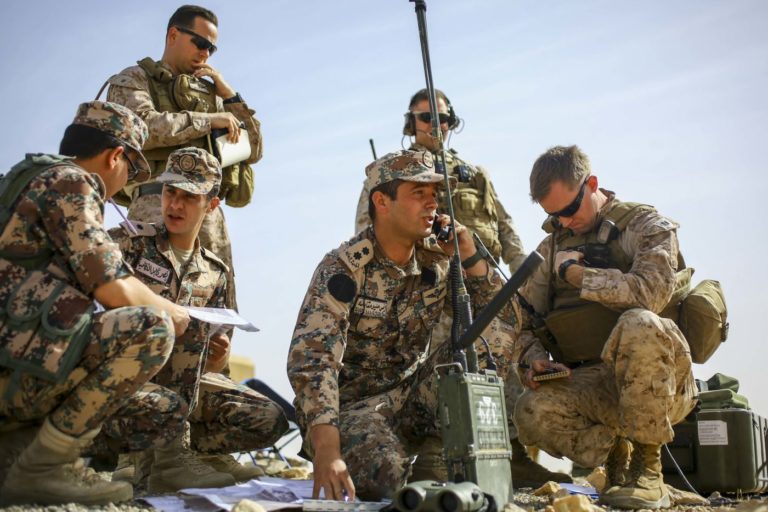U.S. Military Forces in FY 2018
The Department of Defense (DOD) faces a strategic choice: whether to focus on modernization for high-tech conflicts with China and Russia or expand forces and improve readiness to meet a superpower’s commitments for ongoing conflicts and crisis response. In their FY 2018 budgets, the services all complain that they are too small for the demands being put on them and hedge toward expanding forces and readiness. In the new DOD strategy being developed for 2019 and beyond, the services hope to pursue all three goals—expand forces, improve readiness, and increase modernization—but the fiscal future is highly uncertain, and they will likely have to make difficult trade-offs.

